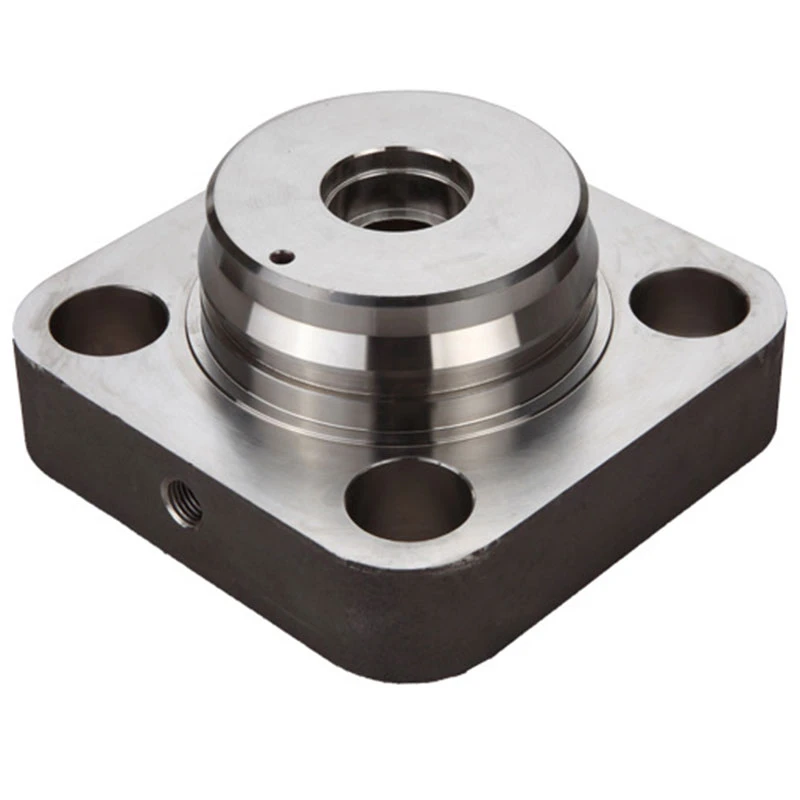Designing Efficient Metal Stamping Dies for Precision Manufacturing Processes
Making a Metal Stamping Die A Comprehensive Overview
Metal stamping dies are intricate tools essential in the manufacturing process for producing components and parts used across various industries, including automotive, aerospace, electronics, and more. These dies are designed to shape and cut sheet metal into specific forms with incredible precision, allowing for the mass production of high-quality items. This article will walk you through the critical aspects of creating a metal stamping die—from the initial design concept to the final production stage.
Understanding Stamping Die Types
Before embarking on the manufacturing process, it's crucial to understand the types of stamping dies that exist. The primary types are
1. Single-Operation Dies These are designed to perform one operation in a single stroke, shaping or cutting the metal in one go. 2. Progressive Dies These are complex tools that carry out multiple operations in a series of steps during a single stroke of the stamping press. This allows for high efficiency and minimal material waste, making them suitable for mass production. 3. Compound Dies These dies can perform multiple operations simultaneously, cutting and shaping the material in one stroke as well.
Each die type serves specific applications and manufacturing needs, influencing the design and creation process significantly.
Designing the Die
The first step in making a metal stamping die is the design phase. This involves collaboration between engineers and designers who must consider various factors, including
- Component specifications Understanding the exact dimensions, tolerances, and material of the part to be produced is paramount. - Material selection The die itself must withstand significant stresses during the stamping process, so durable materials are chosen, typically high-grade tool steels. - Operational efficiency Designers look for ways to optimize the die's functionality to increase productivity while ensuring quality.
Advanced computer-aided design (CAD) software plays a crucial role in this stage, allowing for detailed visualizations and simulations of the stamping process
.making a metal stamping die

Prototyping
Once the design is finalized, the next step involves creating a prototype. This is often done using soft materials like aluminum or plastic to test the die's functionality without committing to expensive steel production.
Prototyping enables engineers to identify potential issues in the design, allowing for adjustments before the final die is constructed. This iterative process is crucial for ensuring the highest quality in the end product, significantly reducing the chances of costly mistakes during mass production.
Production of the Die
With a validated prototype in hand, manufacturers can begin the production of the actual stamping die. This process typically involves the following steps
1. Machining Using CNC (Computer Numerical Control) machines, the die components are machined from solid blocks of tool steel. This precision machining is essential to achieving the exact dimensions required by the design. 2. Heat Treatment After machining, the die components undergo heat treatment, which enhances their strength and durability by changing the structure of the material at a molecular level.
3. Assembly The individual components of the die are assembled, ensuring that all parts fit together correctly and function as intended.
4. Testing Prior to full-scale production, the die is tested with actual metal sheets to ensure that it functions correctly. Adjustments may be made if issues arise during this testing phase.
Final Thoughts
Creating a metal stamping die is a complex and meticulous process that involves careful planning, design, and execution. The precision and durability of the die directly affect the quality of the stamped products, making it a critical component in manufacturing. With advancements in technology and materials, the process continues to evolve, enabling manufacturers to produce even more complex and high-quality parts efficiently. Understanding the entire process—from design to production—ensures that companies can optimize their manufacturing capabilities and meet the demands of an ever-changing market. As industries continue to innovate, the importance of well-made stamping dies will only grow, solidifying their role as integral components in the manufacturing landscape.
-
Precision Casting AI Solution with GPT-4-Turbo | Optimized QualityNewsAug.02,2025
-
Precision Sheet Metal Stamping Manufacturer | Fast & ReliableNewsAug.01,2025
-
OEM Sand Cast Pump Valve Fittings - Baoding Hairun Machinery And Equipment Trading Co., Ltd.NewsAug.01,2025
-
Custom OEM Impellers | High Efficiency & PrecisionNewsAug.01,2025
-
OEM Sand Cast Pump Valve Fittings - Baoding Hairun Machinery | Customization, Quality AssuranceNewsAug.01,2025
-
OEM Sand Cast Pump Valve Fittings - Baoding Hairun Machinery And Equipment Trading Co., Ltd.NewsAug.01,2025















